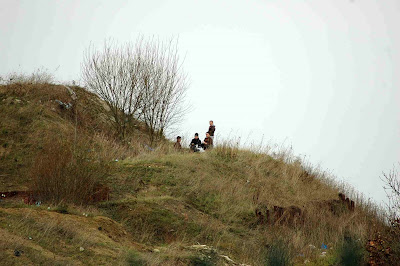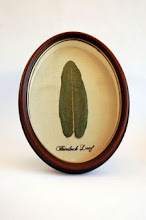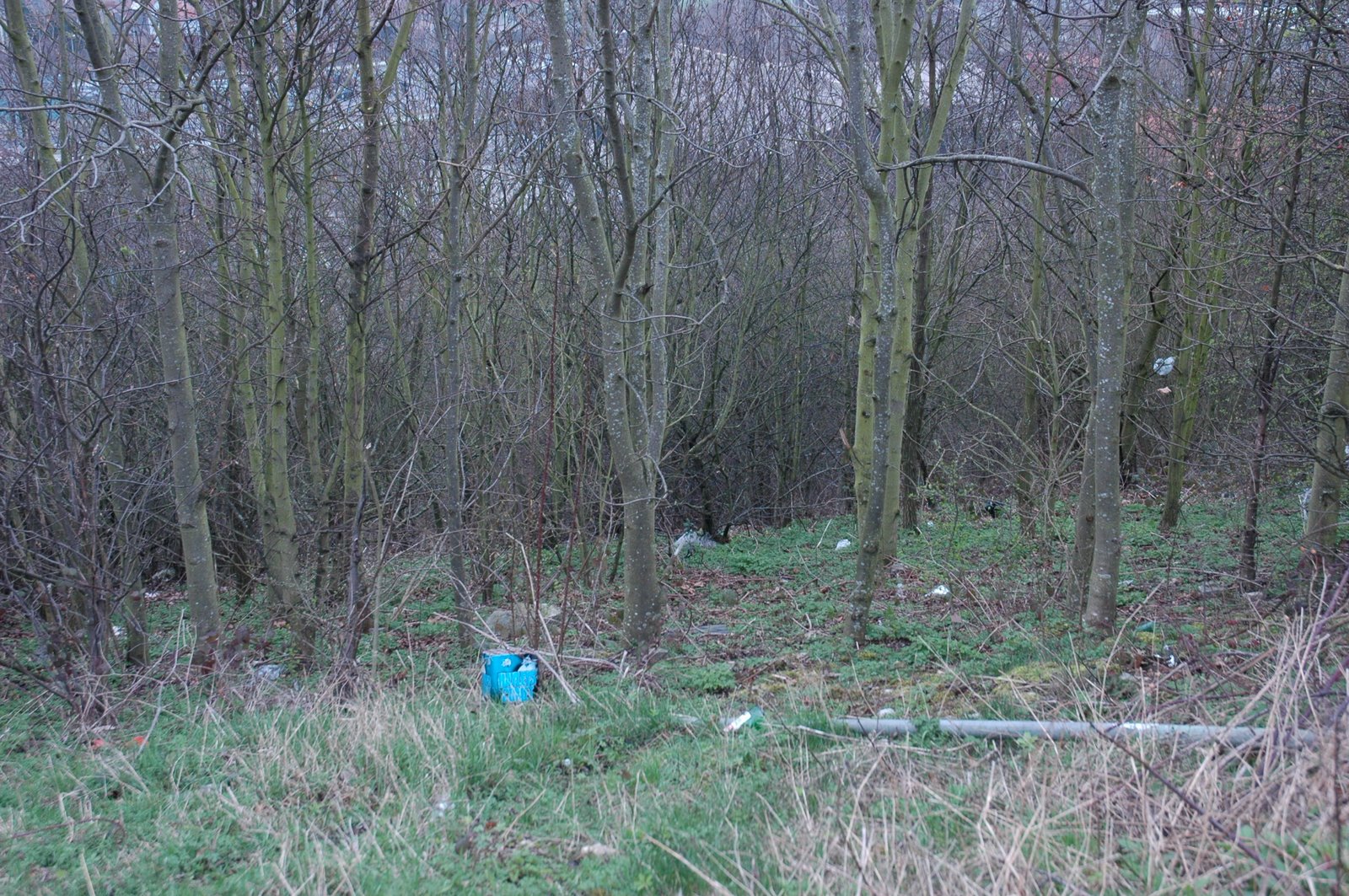




Even somewhere as inauspicious as the Beckton Alp, a toxic 19th century spoil heap, is redolent with value for the people who use it.
Despite the only way in being a hole illegally made in the fence, the alp is a vibrant social space used by a diverse range of people for the kinds of adventure we just don’t have anymore.
During three months residency in a portacabin at the base of the alp we observed and documented use and evidence of use, both human and otherwise.
In 50 days of actual presence on site, over 300 people were observed.






The paradox of this “bad” landscape as also a place of the sublime and of adventure was tested during the residency by hosting social encounters. One of these encounters was an invitation to lunch below the summit extended to the scaffolders from the yard at the base of the alp. Both tested scenarios and observed use formed a brief to return the alp as a fully accessible, social, bioremediated landscape, but one that retains the intrinsic qualities that make it so beguiling.
The concept for bioremediation is to treat the surface rainwater as both a source of pleasure and potential poison and by making visible a treatment system so reference the hidden marsh landscape now sealed away beneath the surface.
The design will separate the surface water from the leachate, rills and pools with reed beds as green sponges will cleanse the less toxic surface run off, and will keep it as far as possible from penetrating the reinstated clay capping.
That water which does penetrate the cap will percolate through the toxins and as leachate will be collected at the base in an enclosed chamber, the “bad” water will be pumped up using renewable energy to be let down again through an enclosed serial system to filter out the toxins.
The proposal is for a hybrid landscape of remediation and the sublime, for adventure and for the knowledge of risk. The form this landscape may take is evidenced through the natural and cultural history collection of the alp. This collection is based the Enlightenment tradition of knowledge through observation and comprises of artifacts and “specimens” entirely constructed from material found on site. The Collection is cultural evidence of the value of the intrinsic paradox of the alp.
The collection was made in collaboration with local individuals and organizations, the Beckon adult education art class made landscape paintings, the director of the local undertakers narrated a roll call of loss, the Over 50s book club donated memories and a botanical illustrator made drawings of constructed species.

















































No comments:
Post a Comment